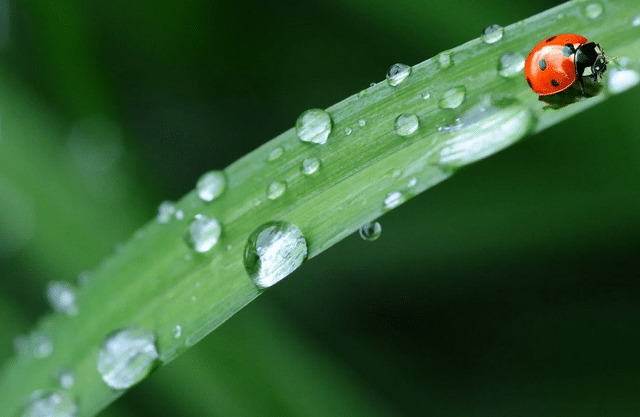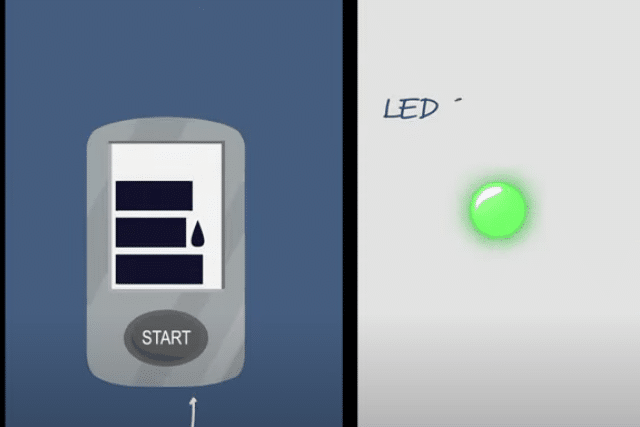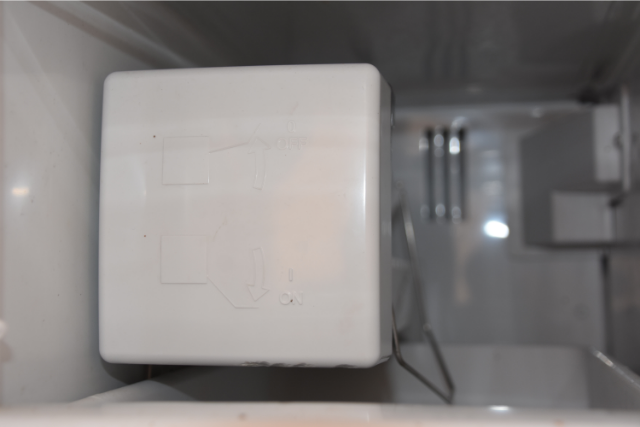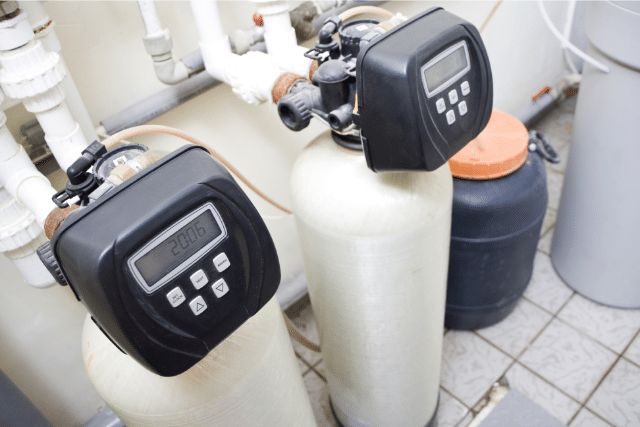How to Filter Rainwater For Drinking at Home
The demand for drinking water is increasing every day and the two sources namely the groundwater and surface water are quenching the thirst of the population. However, rainfall is a major supply source, yet rainwater is the purest water form.

The purest water form is rainwater as it has a low composition of mineral and acidic content.
However, it does not mean you can drink the rainwater directly. The natural composition is neutral, while the rainwater drops pick up dirt and pollutants from the atmosphere.
The need for purifying rainwater is a must, especially in high chemical industry areas. The rainwater may be unsafe on reaching the surface of the earth, as it mixes with dead insects, twigs, sand, algae, animal feces, microorganisms, bacteria, and more.
Read: How To Remove Iron From Bore Well Water
How To Filter Rainwater Into Drinking Water
Rainwater filtering is possible to get the freshest, best-tasting water.
However, like all other things, care needs to be prioritized with rainwater filtration.
Filtering through solar distillation is a natural process, but other not-so-fresh things are happening once it hits the roof and accumulates organic material.
To make the rainwater a potable state, there are effective, time-tested methods used for filtration. There are short-term and long-term fixes for the rainwater filtration method. Here is How to filter rainwater for drinking at home.

Different ways of filtering rainwater
People living in rural areas rely only on wells for water, and also for electricity to the good pump.
Even if there is a municipal water supply, and if the back-up water source is just for an emergency, you need to consider a filtration solution.
Here are a few rainwater filtration methods for household applications. If you wish to use for your home the rainwater, here are a few steps to ascertain a clean, fresh, and efficient system.
1. Pre-tank filtration
Consider a pre-tank filtration system. Though there are many options available in the market suitable for industrial and commercial applications, they are not cost-effective solutions suitable for residential systems.
It means using the filters available readily that are pre-filters to fit in the installations of the drinking water system.
Fitting the filters helps and ensures no contamination of the incoming water.
The filters do not need cistern cleaning. If you wish to slash the costs, look for an aluminum downspout debris filter so that the large debris does not collect within the tank.
2. In-tank filtration
It is a simple process to do in-tank filtration and has an impact on the overall quality of water. The thumb rule is to develop a ‘force breaker’ into your tank.
It is done by plumbing the inlets of your tank to turn to 90 degrees and it runs all the way inside your tank down and stops above the floor of the tank.
You may place around the inlet pipe concrete blocks at the tank bottom or install two elbow fittings at 90-degree on the pipe to bend to 180 degrees.
It acts as a ‘force breaker’ reducing water turbidity and maintains sediment in the tank.
Sedimentation is heavily concentrated on the bottom and the water top in a given cistern, so it is best to decrease turbidity in the water and to draw water from the water’s middle level.
You can do this using a submersible cistern pump or a floating intake filter and enjoy the cleanest water from this system.
3. Activated carbon
Water is very important and mostly water always carries odor and its taste, though there is no exception for rainwater. You can get the best quality of water possible.
Yes, you hear it right. It will also be the best tasting water that will be an activated granulated carbon filter that is compulsory for any water filtration system.
A homeowner can opt for a simple granulated activated carbon cartridge filter.
It is more than enough to meet the filtration of rainwater needs for the home, while you always have the option open to looking for a larger and thorough household granulated activated carbon filter unit.
You can install this activated carbon filter right before the UV sterilizer.
4. Sediment filtration
Water, whether it is groundwater or rainwater, there will be sedimentation. It is a must to clear the sedimentation from drinking water, so try all possible ways of filtration to ensure the water is potable.
The sediment size is usually measured in microns. If the micron reading is high, the particulate is larger.
Thus, it is a must to filter even the rainwater systems that will be taken as drinking water such that the filtration should be to 5 microns at least. It means it is small to filter away cysts, if any, from the water.
As you put the drinking water systems from the rainwater tanks, follow it with an activated carbon filter of 5 microns. On installing the sediment filters, you must always put first the higher micron element and it should follow the lowest.

5. UV Sterilization
For rainwater filtration, the final step is to consider disinfection, which means killing bacteria.
It can also be considered sterilization where the bacteria do not reproduce and is considered harmless.
Filtering the water is essential and it is done down to 5 microns. The preferred bacteria filtration method is UV sterilization.
For the best water quality, even in the rainwater, add chlorine. It is the best. UV sterilizers offer an effective and extremely safe result.
There is a need for UV lamp sleeves cleaning regularity, such that it is done once in 90 days or 3 months. This cleaning ensures the UV light fully penetrates the water.
However, the process of cleaning is simple and with the steps of filtration followed in place, the process does not take more than 5 minutes of cleaning.
Even self-cleaning UV sterilizers are obtainable and it uses a motorized wiper such that it wipes down periodically any film and keeps the internal glass sleeve clean.
In this way, it does not hinder the UV penetration in the water supply and the UV sterilization goes on as a continuous process. Thus, you can enjoy filtering rainwater for drinking at home.







One Comment